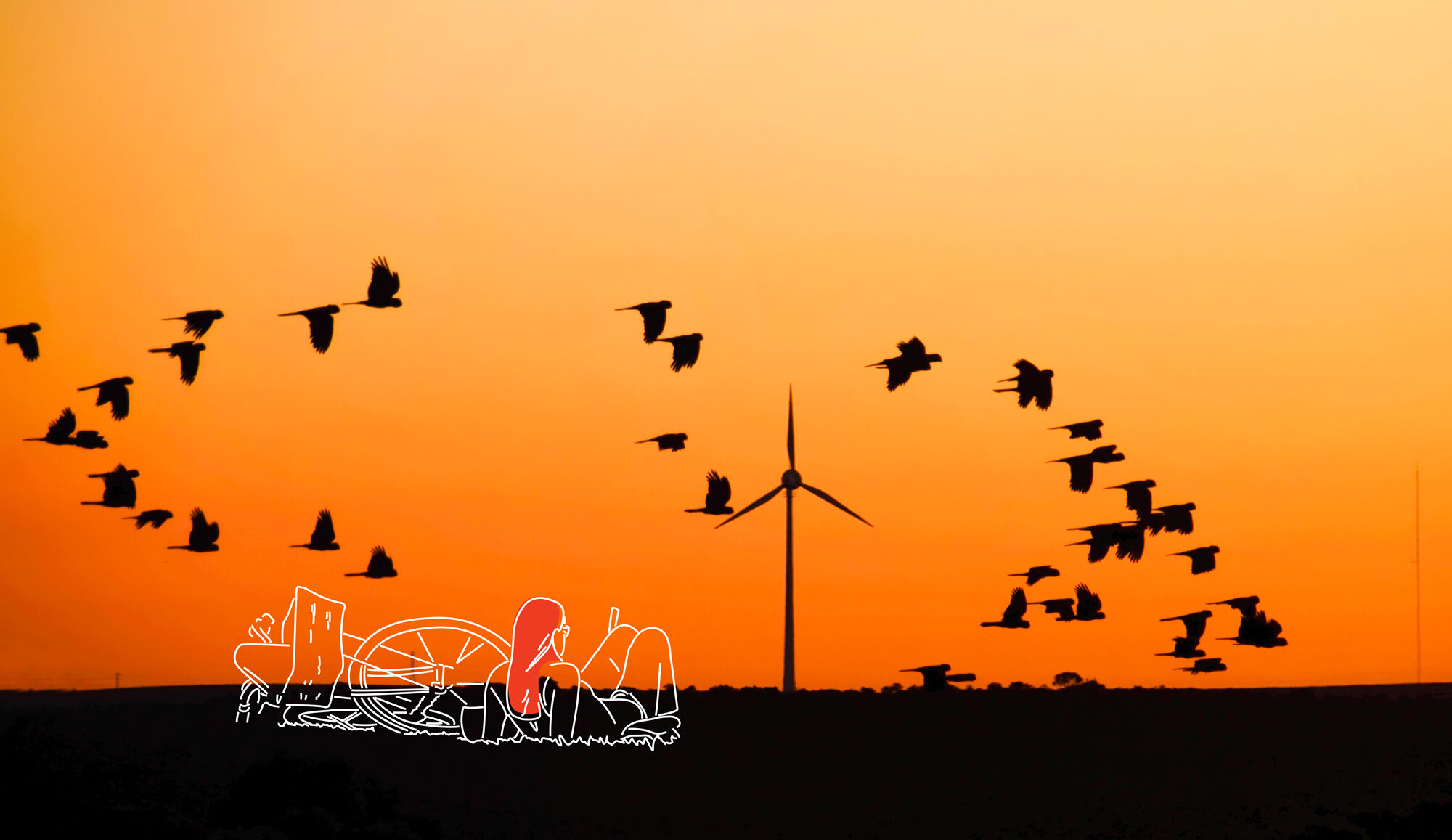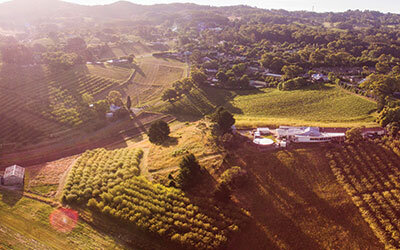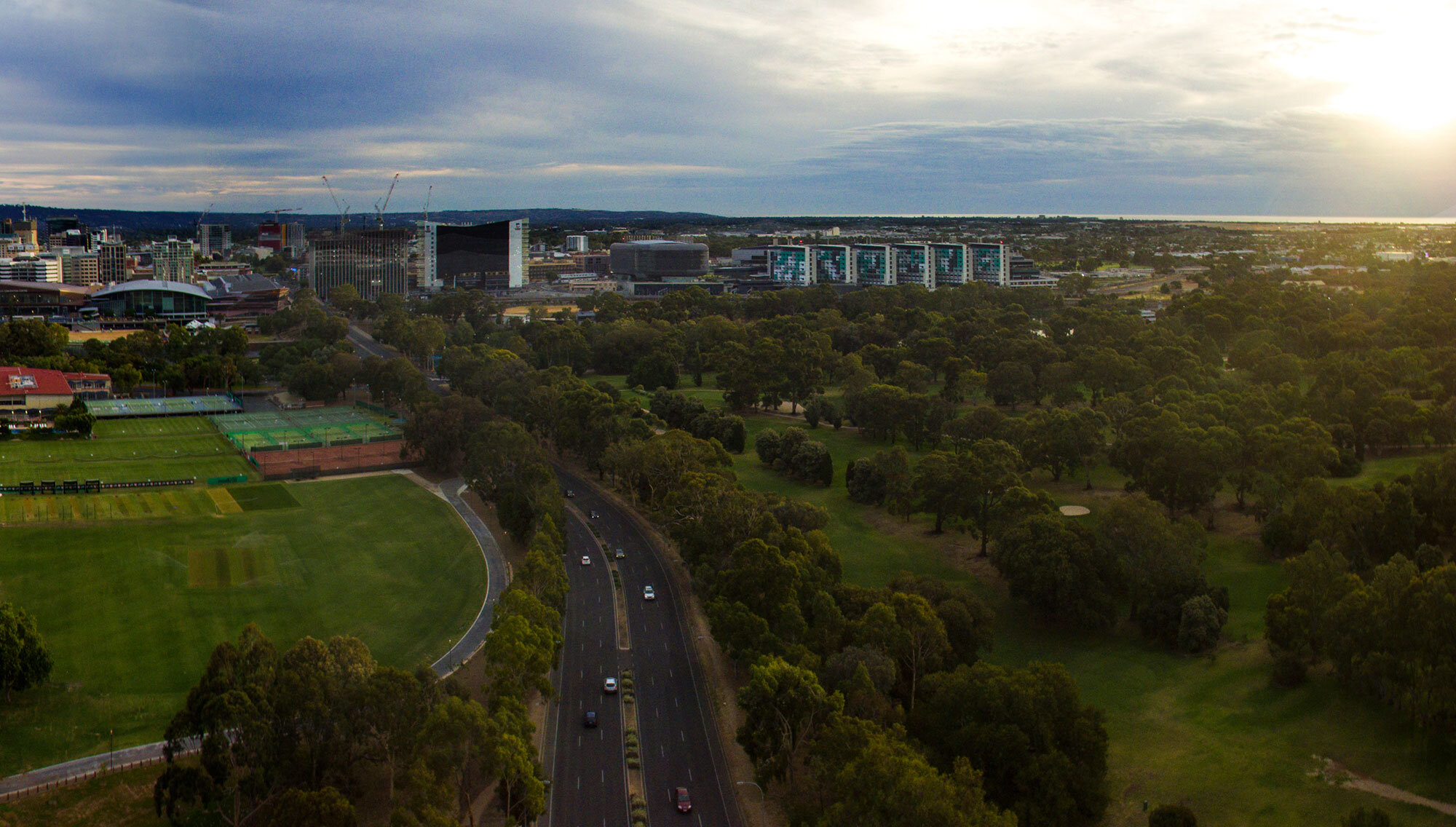
SHift 4
Value nature in all its forms, urban and novel
From a ‘purely natural’ as good to nature as good
Nature is a nuanced term that means different things to different people. For nature conservation to have a broad base of support we need to ensure we embrace the diversity of values and views people hold about all nature.
The nature most South Australians encounter most often is in our everyday lives: in our backyards, street trees, gardens and parks, not just ‘out there’ in remote National Parks or other wild areas.
In Adelaide and across South Australia nature is readily accessible to everyone every day. In Adelaide we are fortunate to have the parklands surrounding the city, Torrens linear park, beaches and numerous other parks and gardens. This is not the nature typically prioritised in conservation plans but nevertheless is vital to help foster community connections with nature, as well as offering many benefits for our wellbeing. Children forge life-long connections with nature in these places. These areas also bring native species into our cities, towns and backyards allowing us to connect with the wider landscape.
We also need to recognise that much of the nature we value and relate to occurs in landscapes and ecosystems that have been changed dramatically since European colonisation.
No system remains as it was when Europeans arrived. Even the outback, where native vegetation has not been cleared on a broad scale, has changed due to: loss of Aboriginal farming and fire practices; grazing pressure from introduced stock, rabbit plagues, and increased numbers of kangaroos; changes to dingo distribution and abundance; and the impacts of introduced predators.
These changes have resulted in the loss of over 20 species of small and medium mammals including bandicoots, rat-kangaroos, hare-wallabies and quolls. The changes in southern parts of the state are even more dramatic.
Some ecosystems have changed so much that they can be considered new, or novel. Many are dominated by agricultural land-uses, and non-indigenous species are also widespread through many ecosystems. Despite all these modifications, the reality is that this is the nature that we now have, it still supports our amazing wildlife and is still vital and often enchanting.
Ultimately, we need to place greater emphasis on valuing all nature, wherever it occurs, and in whatever form it occurs, recognising our own deep connection to nature typically started near our homes and not in remote wilderness. When we can embrace more than the ‘pristine’, we learn to appreciate that all landscapes contain nature that is valuable and contributes to our conservation objectives and to celebrate the diverse communities that work to protect it. We need to continue to promote the values and benefits of maintaining all native vegetation, accepting that many aspects of ‘novel nature’ are present now and are likely to play a larger role in the future.
We believe this deeper connection and recognition of nature in all its forms will lead to a new level of community awareness and care that can translate into widespread support for the future protection and management of nature – an assumption we aim to test early in the roll out of The Nature of SA.
— ♢♢♢ —
Research
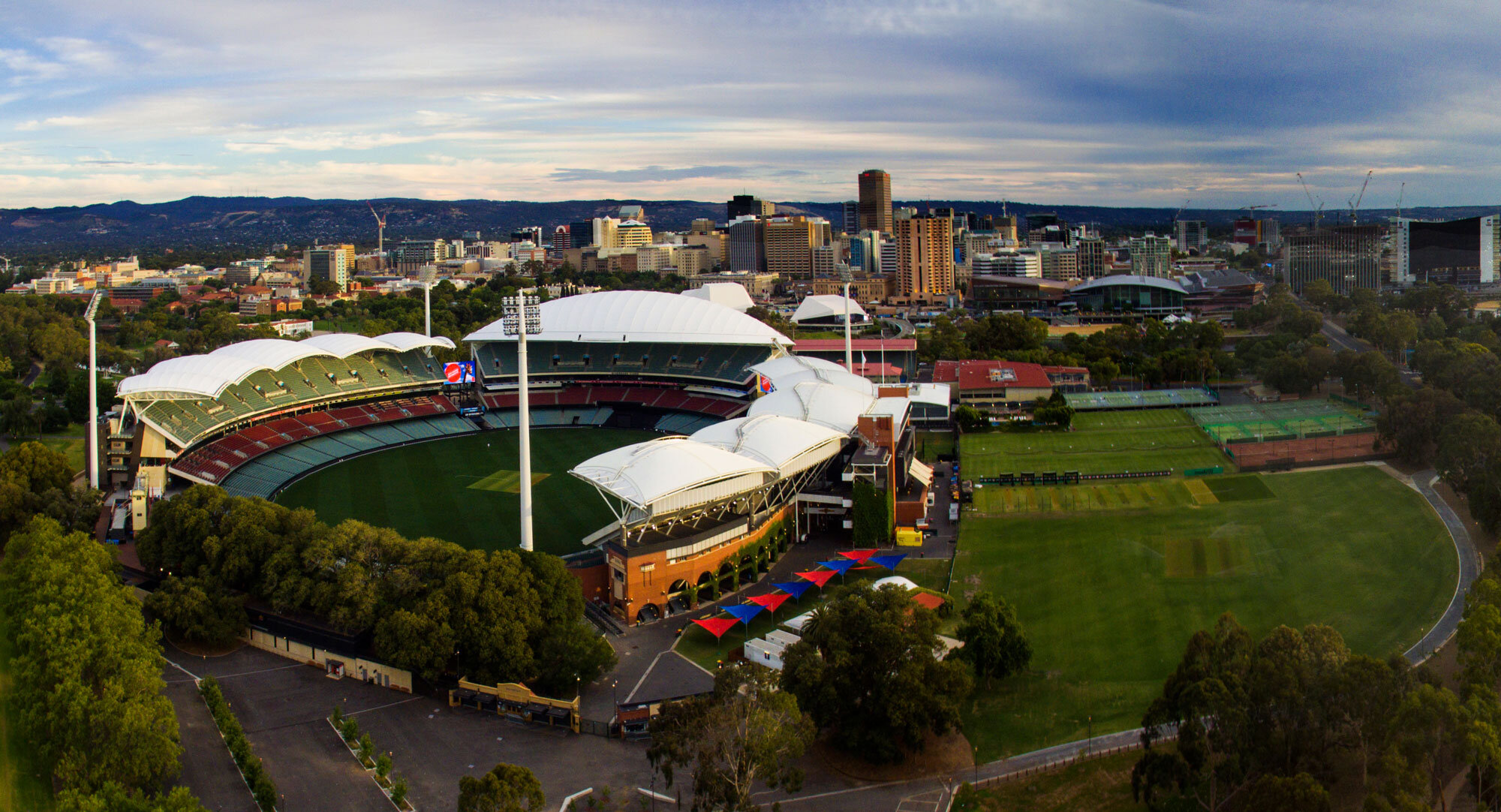
Research
Historical, hybrid and novel ecosystems
Acknowledging the current state as a starting point for determining future options
In the 21st century we need to “move away from partitioning the environment into dichotomous categories (eg natural/unnatural, production/conservation, intact/degraded). Instead landscapes are increasingly characterised by complex mosaics of ecosystems or patches in varying states of modification, each of which delivers various combinations of services…”
Richard Hobbs and numerous other ecologists have been encouraging us to acknowledge the current state of our ecosystems as the starting place for determining future options for conservation and restoration. Most ecosystems are now expected to accommodate the needs of both humans and other species. It is also important for us to acknowledge that many ecosystems have been pushed outside their historical range of variability, and it is unlikely to be practical or feasible to restore them to past conditions. Not only are co-evolutionary drivers no longer present across much of South Australia’s landscape, but recent changes, since Europeans arrived, are pushing ecosystems past their historic limits. Climate disruption only adds to this pressure.
Given this, it is particularly important to consider current values and the range of options available, rather than limiting ourselves solely to traditional approaches. Acknowledging the level of change, and indeed hybrid and novel ecosystems where they exist, need not constitute a threat to existing policy and management approaches, but instead provides us with a more comprehensive toolkit for intervening in rapidly changing landscapes. Both the Monarto Conservation Park and the paddock trees/declining woodland birds examples highlight what is to be gained from such an approach.
— ♢♢♢ —
Source: Richard Hobbs Richard J Hobbs, Eric Higgs, Carol M Hall, Peter Bridgewater, F Stuart Chapin III, Erle C Ellis, John J Ewel, Lauren M Hallett, James Harris, Kristen B Hulvey, Stephen T Jackson, Patricia L Kennedy, Christoph Kueffer, Lori Lach, Trevor C Lantz, Ariel E Lugo, Joseph Mascaro, Stephen D Murphy, Cara R Nelson, Michael P Perring, David M Richardson, Timothy R Seastedt, Rachel J Standish, Brian M Starzomski, Katherine N Suding, Pedro M Tognetti, Laith Yakob, Laurie Yung. Managing the whole landscape: historical, hybrid and novel ecosystems. Frontiers in Ecology 2014.
Case study
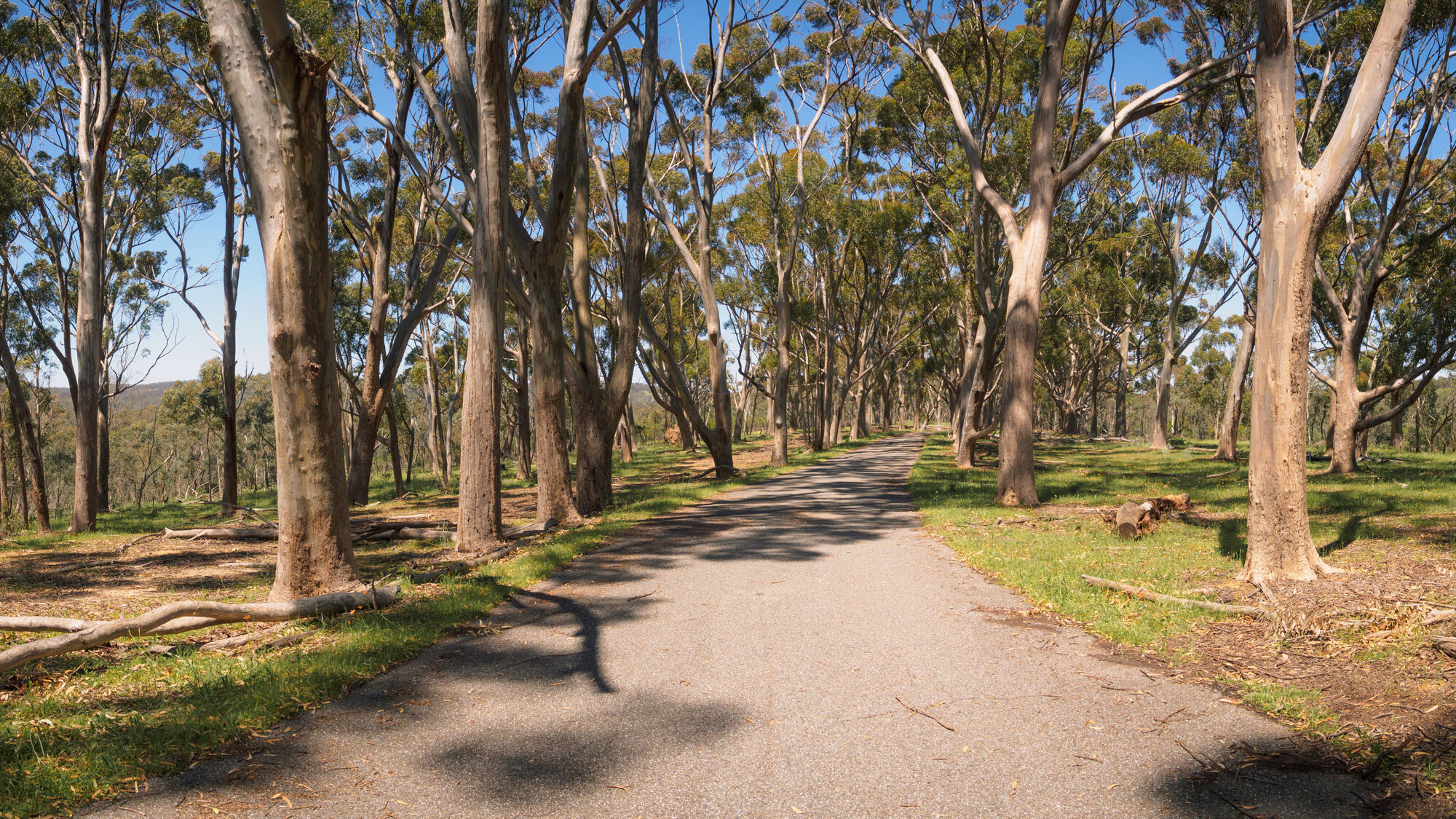
Case study
Monarto Woodlands Conservation Park
In the 1970s about 2,000 hectares of land that was cleared for agriculture around Monarto were revegetated to improve the setting for a planned satellite city. Approximately 250 species were planted in relatively widely spaced rows, using some local species, but many species from WA. This planting design has resulted in a completely novel system.
The city never eventuated, however, over 40 years later the novel woodlands are providing important habitat for a suite of birds that are declining in the Mount Lofty Ranges. Also, many of the WA plant species are faring better than the local SA species (David Paton pers. comm.).
In 2016 a new Conservation Park was proclaimed under the National Parks and Wildlife Act 1972 in recognition of the important conservation values at the site. This represents a significant shift in thinking, and provides a great example of accepting a system based on current values, rather than making comparisons or judgements based on how natural an area is relative to a historical baseline.
This case study demonstrates the flexibility of our legislation, and highlights shifts already occurring with regard to our cultural and ideological notions of nature.
— ♢♢♢ —
Image: CC BY NC Anthony Kernich
❯❯ More shifts
